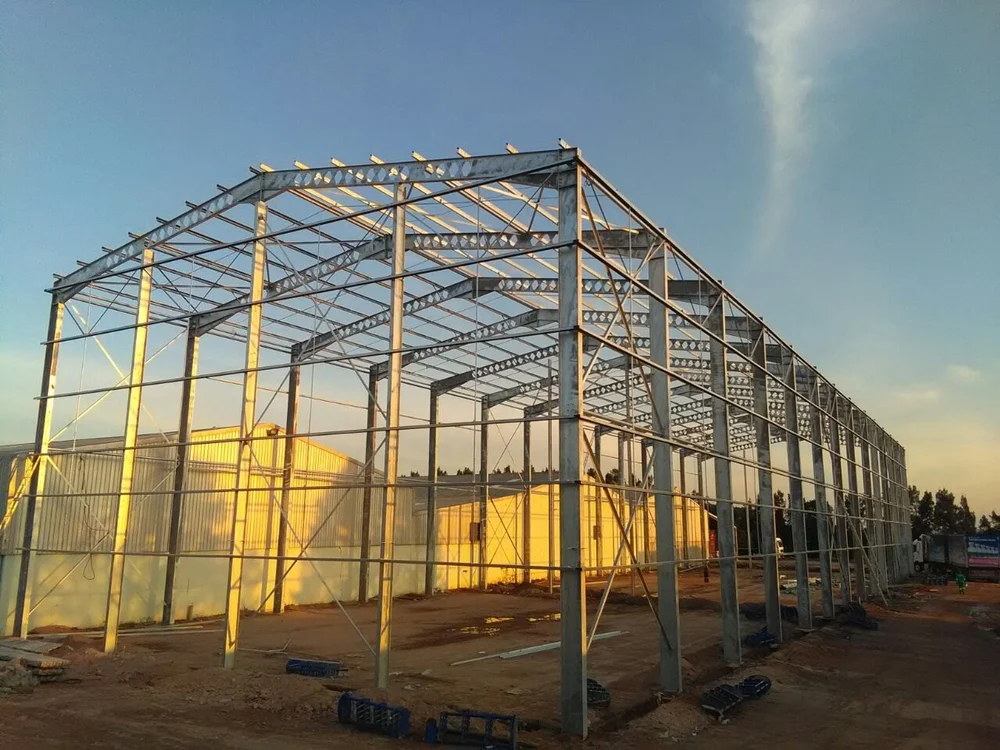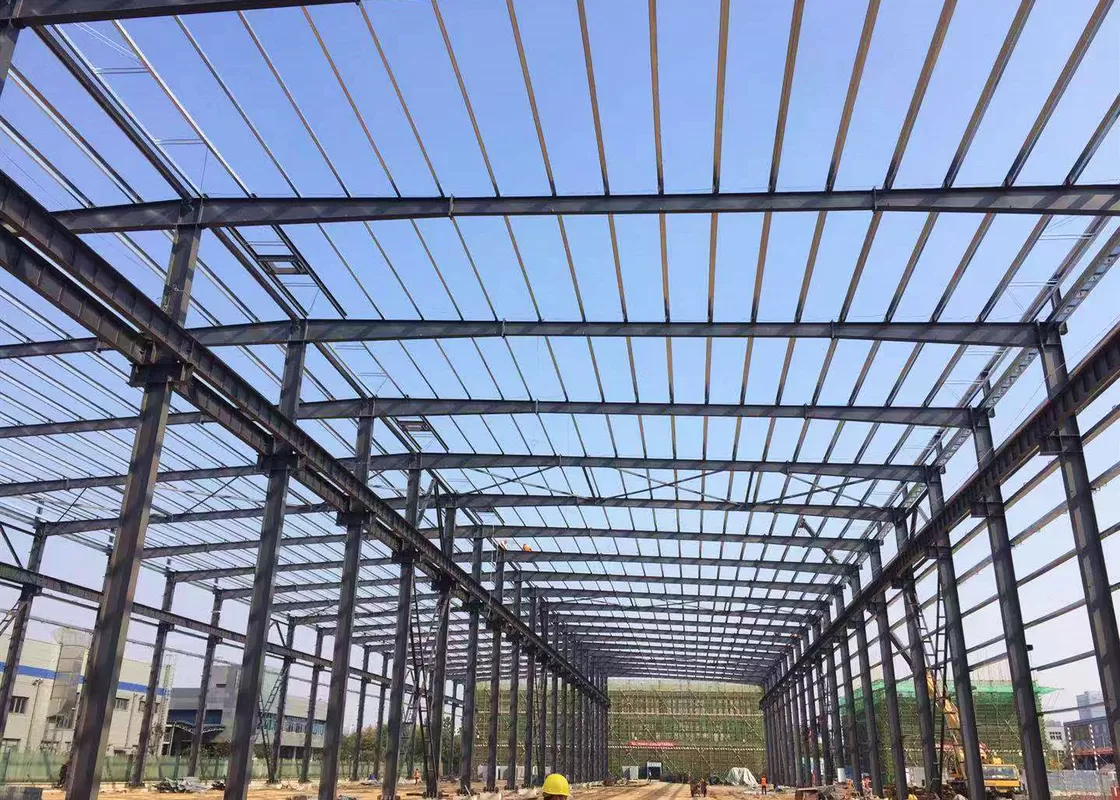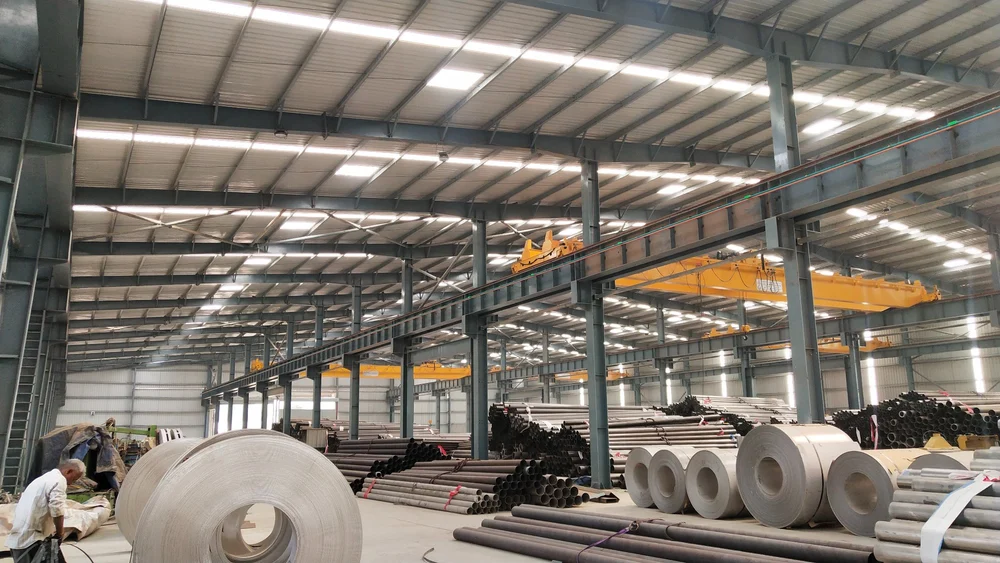- Afrikaans
- Albanian
- Amharic
- Arabic
- Armenian
- Azerbaijani
- Basque
- Belarusian
- Bengali
- Bosnian
- Bulgarian
- Catalan
- Cebuano
- Corsican
- Croatian
- Czech
- Danish
- Dutch
- English
- Esperanto
- Estonian
- Finnish
- French
- Frisian
- Galician
- Georgian
- German
- Greek
- Gujarati
- Haitian Creole
- hausa
- hawaiian
- Hebrew
- Hindi
- Miao
- Hungarian
- Icelandic
- igbo
- Indonesian
- irish
- Italian
- Japanese
- Javanese
- Kannada
- kazakh
- Khmer
- Rwandese
- Korean
- Kurdish
- Kyrgyz
- Lao
- Latin
- Latvian
- Lithuanian
- Luxembourgish
- Macedonian
- Malgashi
- Malay
- Malayalam
- Maltese
- Maori
- Marathi
- Mongolian
- Myanmar
- Nepali
- Norwegian
- Norwegian
- Occitan
- Pashto
- Persian
- Polish
- Portuguese
- Punjabi
- Romanian
- Russian
- Samoan
- Scottish Gaelic
- Serbian
- Sesotho
- Shona
- Sindhi
- Sinhala
- Slovak
- Slovenian
- Somali
- Spanish
- Sundanese
- Swahili
- Swedish
- Tagalog
- Tajik
- Tamil
- Tatar
- Telugu
- Thai
- Turkish
- Turkmen
- Ukrainian
- Urdu
- Uighur
- Uzbek
- Vietnamese
- Welsh
- Bantu
- Yiddish
- Yoruba
- Zulu
Oct . 05, 2024 14:00 Back to list
The Significance of Steel Structure Engineering in Modern Construction
Steel structure engineering plays a pivotal role in contemporary construction practices, enabling the creation of innovative, durable, and sustainable buildings. Over the years, the use of steel as a primary structural material has gained immense popularity due to its strength-to-weight ratio, versatility, and resistance to various environmental factors. As urbanization continues to escalate, understanding the fundamentals of steel structure engineering has become increasingly important for architects, engineers, and builders alike.
One of the key advantages of using steel in construction is its remarkable strength. Steel beams and columns can support significant loads, allowing for the construction of taller and larger structures. This strength facilitates the design of open spaces within buildings, minimizing the need for numerous load-bearing walls. Consequently, architects can achieve a more aesthetic and functional layout. High-rise buildings, exhibition halls, and stadiums are prime examples of structures that benefit from steel's load-bearing capabilities, providing expansive open areas that enhance usability.
Versatility is another vital aspect of steel structure engineering. Steel can be easily molded into various shapes and sizes, making it adaptable to different architectural styles. This flexibility allows architects to experiment with innovative designs while ensuring that structural integrity is maintained. Moreover, steel structures can be fabricated off-site, leading to reduced construction times. As a result, projects can be completed faster, minimizing labor costs and contributing to increased overall efficiency in the construction industry.
Durability and longevity are essential traits of steel structures. Unlike traditional materials such as wood, steel is resistant to many common forms of degradation, including termites, rot, and fire. With proper treatment and maintenance, steel structures can easily last for decades or even centuries. This longevity translates into sustainability, as steel can be recycled at the end of its life cycle without compromising its inherent qualities. The recycling of steel helps reduce the demand for new materials, thus conserving natural resources and minimizing environmental impact.
steel structure engineering

In recent years, the demand for sustainable construction practices has surged. Steel structure engineering aligns well with these principles, given that steel is one of the most recycled materials globally. Architects and engineers are increasingly considering the life cycle of materials, and steel often emerges as a leading option due to its sustainability credentials. Furthermore, advancements in steel technology, such as the development of high-strength steels and innovative coatings, contribute to creating even more efficient, durable, and sustainable steel structures.
Safety is an important consideration in steel structure engineering. The implementation of robust design principles and codes ensures that steel buildings can withstand natural disasters, such as earthquakes and hurricanes. Engineers utilize advanced modeling and simulation tools to evaluate how steel structures perform under various loads and conditions, reinforcing their resilience. The ability of steel structures to absorb and dissipate energy during seismic events is critical to ensuring the safety of occupants.
Moreover, steel structure engineering transcends beyond commercial and residential buildings. Infrastructure projects such as bridges, stadiums, and industrial facilities heavily rely on steel components. The construction of bridges, in particular, showcases the sophisticated engineering that can be achieved with steel, demonstrating its ability to span vast distances while maintaining structural integrity. Iconic steel bridges, such as the Golden Gate Bridge, exemplify how steel can create both functional and visually stunning solutions in infrastructure.
In conclusion, steel structure engineering is a cornerstone of modern construction that brings together strength, versatility, durability, and sustainability. As the construction industry faces the challenges of urbanization, environmental concerns, and safety standards, steel remains a central material that can meet these demands effectively. As technology continues to evolve, the future of steel structure engineering looks promising, offering endless possibilities for innovative and sustainable construction practices. Whether in high-rise buildings, intricate bridges, or other infrastructure projects, the role of steel will undoubtedly shape the architectural landscape for years to come, making it a critical focus for engineers and architects alike.
-
The Strength and Versatility of Industrial Metal Infrastructure
NewsAug.05,2025
-
The Landscape of Industrial Fabrication: Steel and Metal Factory Infrastructure
NewsAug.05,2025
-
Innovative Solutions for Industrial and Storage Spaces: Metal Building Garages and Workshops
NewsAug.05,2025
-
Evaluating Expenditures for Prefabricated Warehouse Structures
NewsAug.05,2025
-
Diverse Solutions for Industrial Spaces: Metal Workshop Buildings
NewsAug.05,2025
-
Analyzing Costs and Solutions in Industrial Steel Construction
NewsAug.05,2025
Products categories
Our Latest News
We have a professional design team and an excellent production and construction team.











